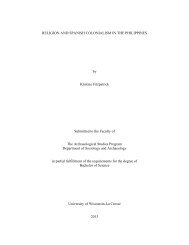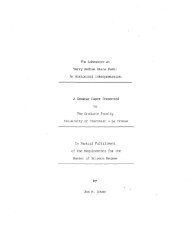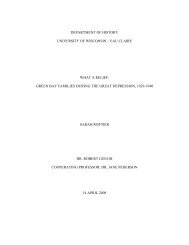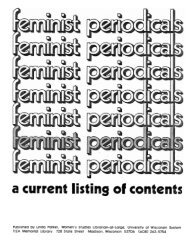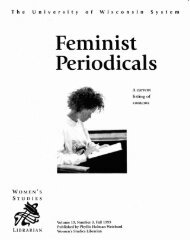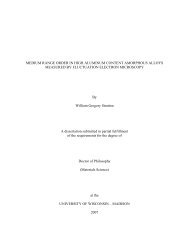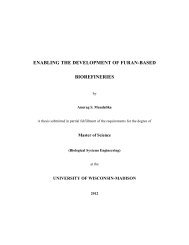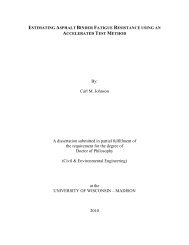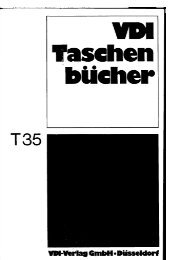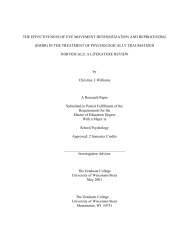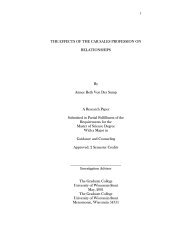Comics Aren't Just For Fun Anymore: The Practical Use of Comics ...
Comics Aren't Just For Fun Anymore: The Practical Use of Comics ...
Comics Aren't Just For Fun Anymore: The Practical Use of Comics ...
Create successful ePaper yourself
Turn your PDF publications into a flip-book with our unique Google optimized e-Paper software.
Recine 36<br />
comics; they were asking to experience new language through the kind <strong>of</strong> comics they already knew<br />
and liked.<br />
Tiemensma’s definition is also useful in another way when I recommend manageable, visually<br />
supported reading for students who have no particular interest in comics but are struggling to find<br />
reading material they can understand with ease. Because these students are not already interested in<br />
comics, they may see mainstream comics’ fictional narratives, cartoony art styles and pop cultural<br />
tropes (superheroes, teen romance, talking animals, etc.) as useless or uninteresting “fluff.” To avoid<br />
this potential problem, I eschew works with features strongly associated with Tiemensma’s limited but<br />
commonly accepted definition <strong>of</strong> comics. In one such case, I was approached by an international<br />
graduate student who came to the tutoring center I worked in, seeking help with general reading ability.<br />
She was a serious scholar, not interested in fictional stories, cute cartoony characters, short humorous<br />
sequences, or most <strong>of</strong> the other tropes typically associated with comics. Still, it was apparent that she<br />
could benefit from the visual context provided by comics. Knowing that she had a great appetite for<br />
nonfiction and interesting facts, I gave her a paperback collection <strong>of</strong> Ripley’s Believe it or Not. Perhaps<br />
not strikingly recognizable as a comic, Ripley’s still provides helpful visual context for written English<br />
in the same way that other more conventional comics would. In another similar situation, an<br />
international medical student approached me, looking for texts on biology that were as informative as<br />
her primary texts but easier to read. I recommended a number <strong>of</strong> graded science readers to her, and lent<br />
her my copy <strong>of</strong> Larry Gonick’s Cartoon Guide to Genetics.<br />
While comics given for pleasure reading may be selected based on their general look and feel as<br />
measured against Tiemensma’s listing <strong>of</strong> common comics features, comics used for specific<br />
pedagogical goals should be scrutinized more carefully. This is where the definition <strong>of</strong> comics provided<br />
by Eisner, McCloud and Cohn can be quite useful. <strong>The</strong> definition draws ESL/EFL instructors’ attention<br />
to the variety <strong>of</strong> function, structure, space, and style found in the comics medium, helping instructors to



